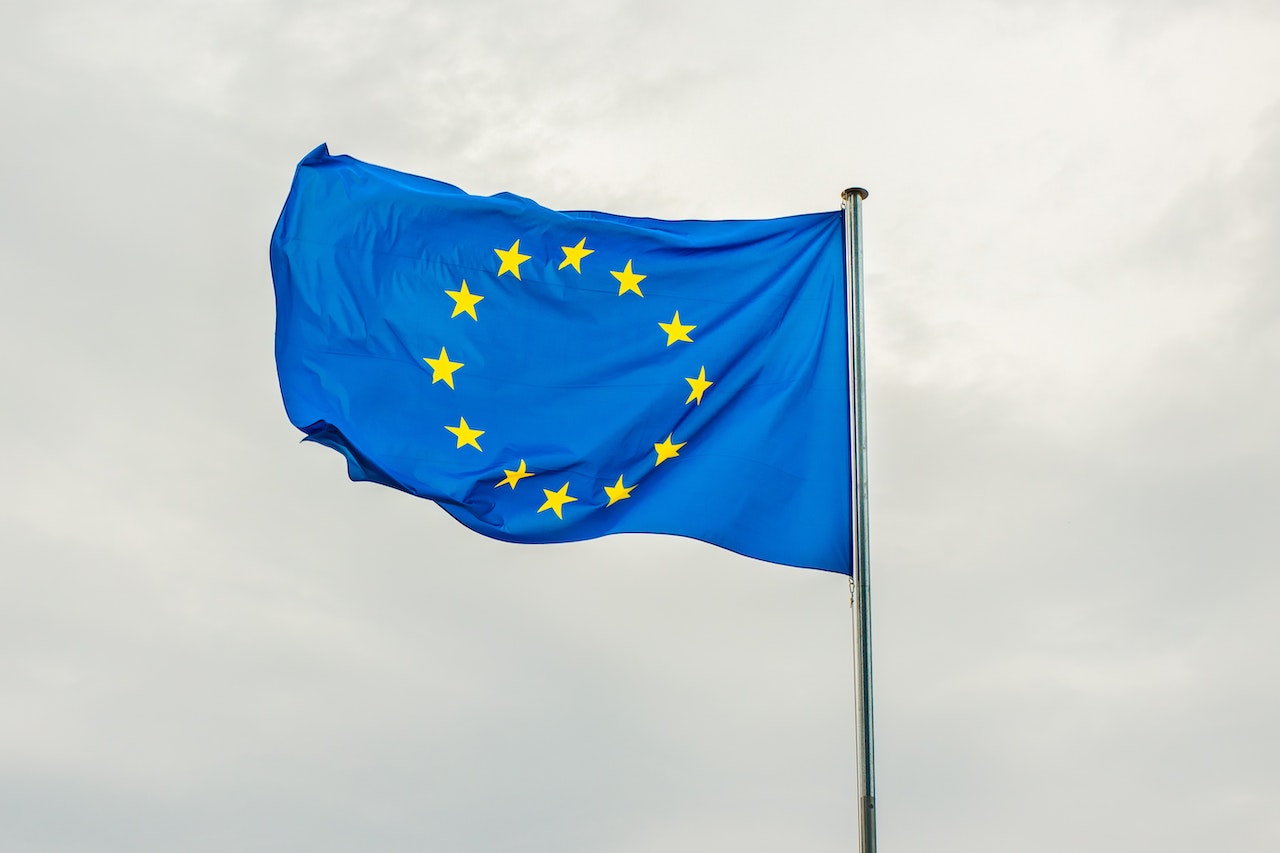The gross domestic product (GDP) of the European Union, a critical measure of economic activity in the region, saw a modest uptick in the second quarter (Q2) of 2023, as reported by Eurostat, the statistical office of the EU. According to their data, the GDP of the European Union increased by 0.2% in Q2 2023 compared to the previous quarter, while the euro area experienced a slightly lower rise of 0.1%. These numbers come as policymakers at the European Central Bank (ECB) are scrutinizing economic data to determine whether to adjust interest rates to meet their 2% inflation target.
Year over year, seasonally adjusted GDP revealed a similar pattern, with the euro area recording a 0.5% increase and the broader EU seeing a 0.4% rise. These figures underscore the challenges faced by the EU in achieving sustained economic growth.
Breaking down the data further, Lithuania emerged as the front-runner, posting the highest GDP increase compared to the previous quarter at 2.9%. This robust performance was followed by Slovenia, with a 1.4% increase, and Greece, showing a 1.3% uptick in economic activity. In contrast, Poland experienced the most significant decline, with its GDP plummeting by 2.2%. Sweden and Austria also faced economic setbacks, with GDP falling by 0.8% and 0.7%, respectively.
During the second quarter of 2023, household final consumption expenditure remained stable in both the euro area and the EU, reflecting cautious consumer behavior amid economic uncertainties. Meanwhile, government final consumption expenditure increased by 0.2% in both zones, indicating continued government support for economic recovery efforts.
The trade front presented mixed results, as exports decreased by 0.7% in both the euro area and the EU. However, imports followed a different trajectory, increasing by 0.1% in the euro area while contracting by 0.2% in the EU. These trends signal potential trade imbalances that policymakers will need to address in the coming quarters.
A bright spot in the report was the employment situation, with the number of people employed rising by 0.2% in the euro area and 0.1% in the EU during the second quarter of 2023 compared to the previous quarter. Notably, Lithuania, Malta, and Portugal saw the most significant increases in employment, each recording a growth rate of 1.3%. However, Estonia experienced a concerning decline of 1.5% in employment, highlighting disparities in the region’s labor markets.
In the wake of these economic developments, the European Central Bank (ECB) is poised to make a critical decision later this month. Policymakers will convene to assess whether it is necessary to raise interest rates on September 14 to bring the EU closer to its 2% inflation target. The latest economic data is currently under scrutiny, and the decision hinges on the outlook for economic recovery in the region.
The European economy remains a vital indicator of the well-being of the continent, and GDP serves as a crucial benchmark for tracking progress. While the Q2 of 2023 brought some positive signs, the EU must address trade imbalances and disparities in employment to achieve sustained and robust economic growth. The ECB’s forthcoming decision will play a pivotal role in shaping the economic landscape of the region in the coming months.
Source: Yahoo Finance



